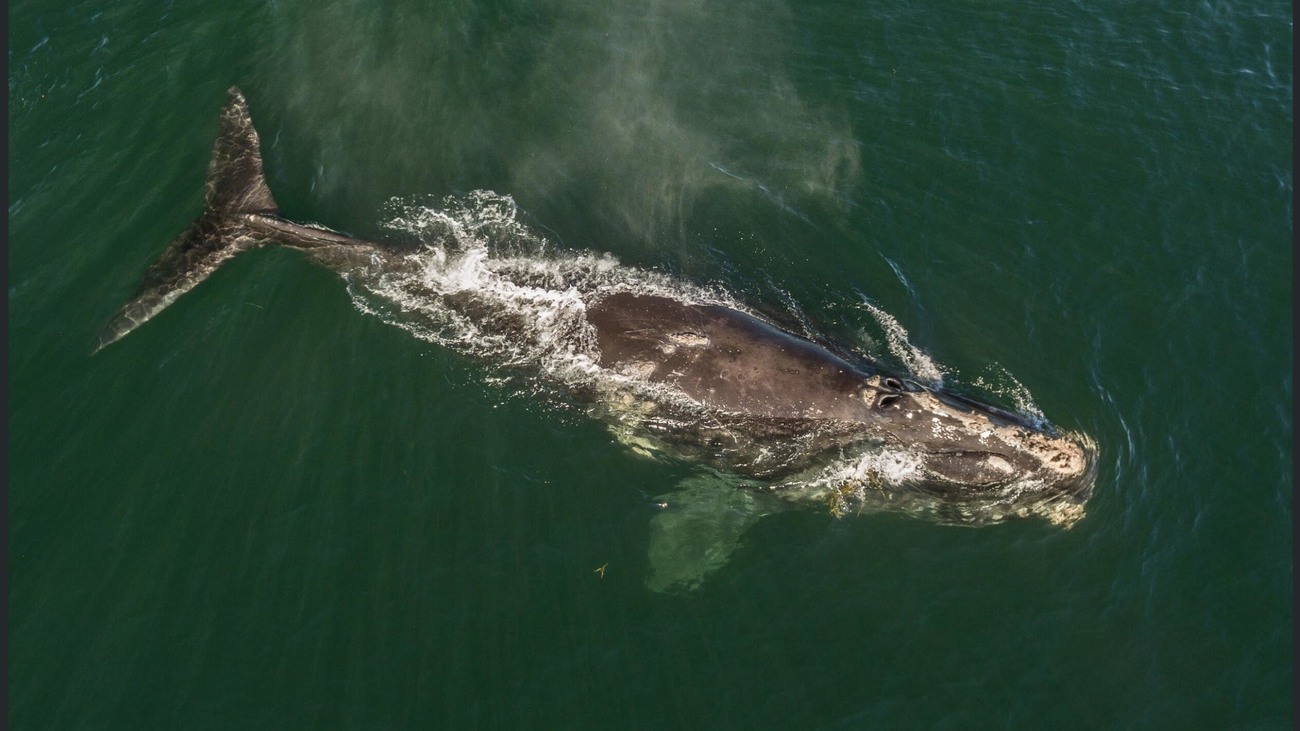Saving the North Atlantic right whale - North America
Don't fail our whalemobilizing Congress to save the right whale
mobilizing Congress to save the right whale

This week is Capitol Hill Oceans Week, and we join with our colleagues in the House and Senate to both celebrate biodiversity and to highlight the coupling of innovation and innovative technology to drive solutions in the field of marine conservation.
At IFAW, supporting new technology is a critical means through which to reduce entanglements for marine mammals. This is especially important with regard to the critically endangered North Atlantic right whale. These iconic whales, of which only an estimated 400 remain today, are particularly vulnerable to entanglement due to their migration along the Atlantic coast through dense areas of vertical buoy line (or rope) from various fixed-gear fisheries. In 'layman’s terms', they traverse one of the most congested and ‘industrialized’ swaths of ocean in the world. As a result, entanglements have become the leading cause of death for right whales and also have significant long-term impacts on both their health and reproduction –bringing them in striking distance to extinction.
Ropeless fishing gear is an innovative technology and one that is already in use in other parts of the world. This technology removes the need for fishermen to have vertical rope in the water column except during the final stage of active retrieval. It protects right whales from the risk of entanglement while allowing fishermen to continue maintaining their livelihoods and fishing traditions.
But how can we promote a new way of fishing for an entire industry? At this inflection point, we see this as an opportunity for bold investments in both new and alternative technologies—technologies that we know work.
That’s where Congress comes in. Key legislation including the SAVE Right Whales Act would provide $5 million per year over ten years for conservation grants to develop, test, and implement innovative technologies that reduce entanglements in fishing gear and prevent vessel collisions. The bill would fund partnerships between states, nongovernmental organizations, and members of the fishing and shipping industries to find promising solutions that will protect right whales. Its scope and importance cannot be overstated.
Congress has also included a new $1 million pilot program in the FY20 Appropriations that directs NOAA to support both development and 'at-sea testing' of new fishing gear that eliminates the need for vertical rope connecting lobster and crab traps on the ocean floor with buoys at the surface of the water. The premise is quite simple—if you eliminate the ropes, you eliminate the threat of entanglements.
IFAW has recommended that NOAA test ropeless retrieval systems at sea in multiple fishing areas in order to gain an accurate perspective and understanding for fishermen working in all types of conditions with variable gear configurations, including different crew and vessel sizes. Equally important as the gear itself is the need for the agency to support testing of various gear marking location technology systems (e.g. acoustic trap modems). This will assist vessels to “see” the gear without the use of surface buoys, which could alleviate gear conflict concerns and facilitate the enforcement of fishery regulations.
We believe that ropeless technology must be the future of fishing. It is critical to an optimal coexistence of both the North Atlantic right whale and a time-honored industry. Right whales cannot afford to wait on us. And by leveraging both innovation and the ingenuity of all involved, they won’t have to.
-CT Harry, Marine Campaigner
Related content
Our work can’t get done without you. Please give what you can to help animals thrive.